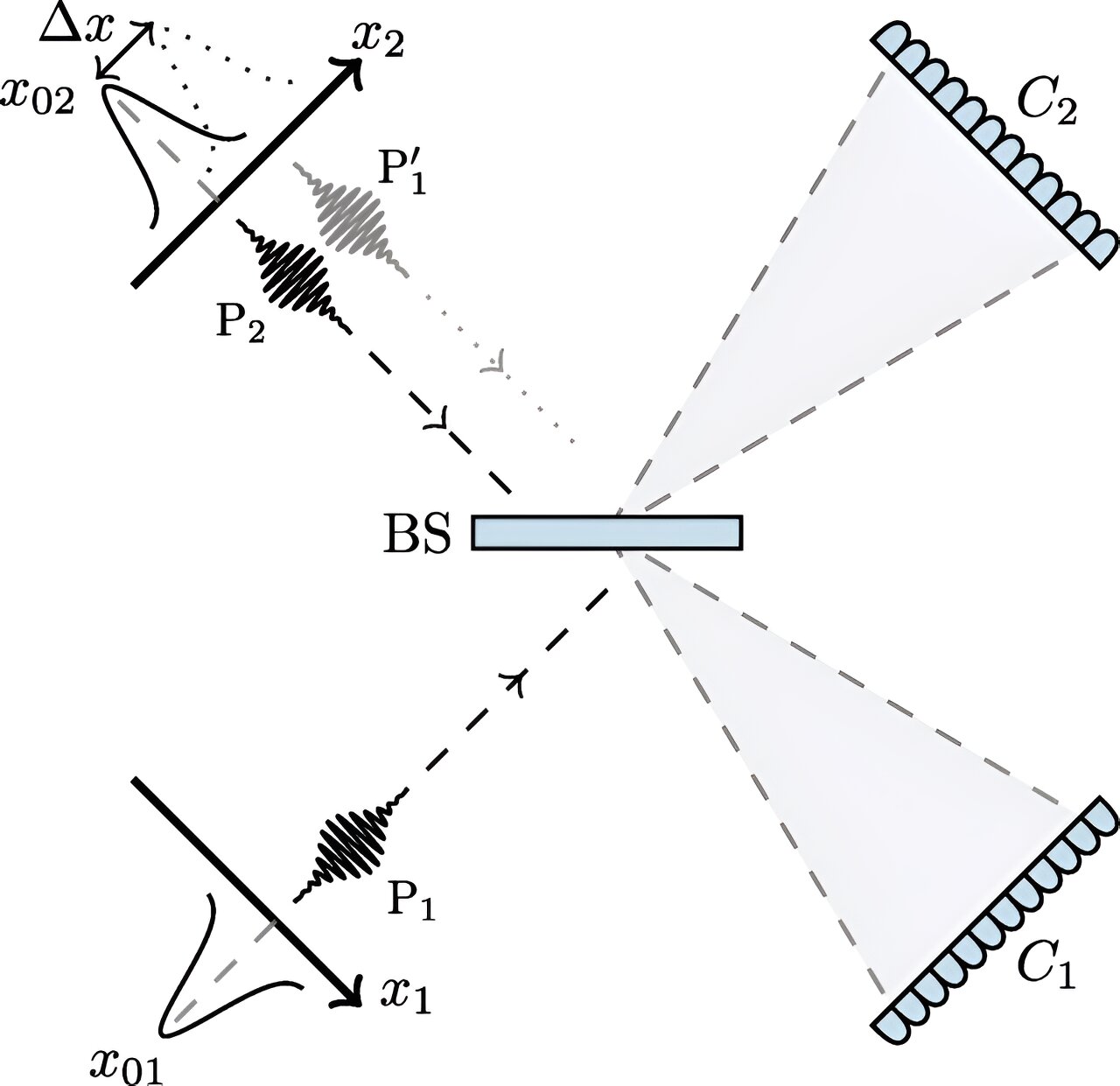RESEARCHERS are baffled by new evidence that shows great white sharks diving thousands of metres deeper than normal into the ocean’s mysterious twilight zone.
The reason for the deep dives have left experts scrambling as no one knows why the oceans scariest creatures are taking the massive plunge and going as deep as 2,000m.
A study in The Proceedings of the National Academy of Sciences (PNAS) tracked 12 species of large predatory fish, including great white sharks, whale sharks, swordfish and tuna.
They electronically tagged 334 specimens and found the fish would regularly delve to the “twilight zone” – the region between 200m and 1,000m below the surface with little light.
The beasts also travelled even lower to the midnight zone – from 1,000m to 3,000m deep – where the ocean is dark and bewildering.
Great whites went down to 1,128m, whale sharks down to 1,912 metres and swordfish to 2,000m.
Scientists were left so perplexed by what they found as there really is no reason for these animals to go so deep.
All of them feed in much shallower waters so the purpose for the peculiar visits to the inky deep are unclear.
Study lead Camrin Braun, of the Woods Hole Oceanographic Institution, told LiveScience: “There’s good evidence for some species or situations in which diving deep is clearly for foraging, so that supported our expectation.
“However, we also find several cases where we can pretty definitively say the use of the deep ocean is not for feeding – or if it is, it represents a totally different kind of predator-prey interaction or mysterious prey resource.”
Dr Braun also said the evidence they found suggested the twilight zone had been completely overlooked as a crucial habitat for all ocean life.
Otherwise known as the mesopelagic zone, this area of the ocean gets little sunlight making the water a deeper shade of blue.
Great white sharks were thought to rarely reach depths lower than 200m.
Dr Braun continued: “There are many ‘ifs’ in this chain and many issues in making mesopelagic fishing feasible, but it seems that biomass may be important for predators.
“Therefore, we really need to better quantify those links between predators and mesopelagic biomass before we can sustainably harvest or use those resources.”
Swordfish stay in ranges of between 200m and 600m so the fact they are commonly reaching depths of 2,000m is shocking to the researchers as they continue to try and solve the phenomenon.
Meanwhile scientists have been confused by great white sharks in recent months as a new apex predator seems to be ruling the ocean.
Several great whites have been found dead with their livers brutally ripped out by a pair of orcas in new horror attacks in South Africa.
Back in October, scientists revealed killer whales had started to act in a never-before-seen way.
They had started to engage in new aggressive activities such as the brutal killings of other marine life and made scientists believe they may be getting smarter as a species.
Experts have been trying to figure out why the whales would pick up new worrying behaviour so suddenly.

Dr. Thomas Hughes is a UK-based scientist and science communicator who makes complex topics accessible to readers. His articles explore breakthroughs in various scientific disciplines, from space exploration to cutting-edge research.








